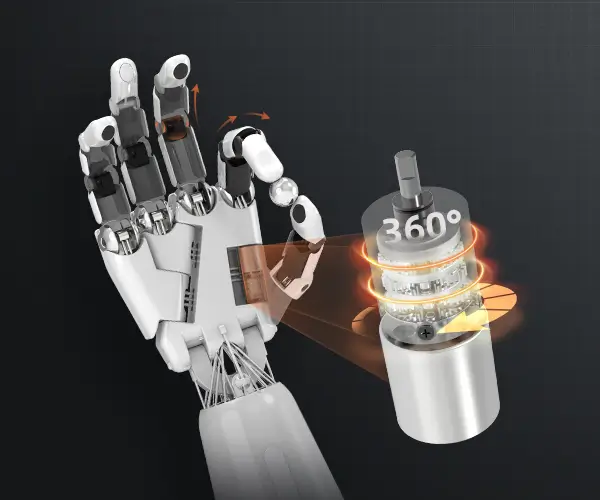Unlocking Creativity: A Comprehensive Guide to Using Servo Motors with Arduino Uno
Introduction: The Magic of Servo Motors in DIY Electronics
Imagine a robotic arm gracefully picking up objects, a camera panning smoothly to capture the perfect shot, or a miniature drone executing precise flight maneuvers—all possible thanks to a tiny but mighty component: the servo motor. Servo motors are the backbone of many automation and robotics projects, offering controlled movement with high precision. Integrating them with an Arduino Uno, one of the most popular microcontrollers, opens a realm of possibilities for enthusiasts, students, and inventors alike.

But what exactly makes servo motors so special? And how do you harness their potential using the versatile Arduino Uno? This guide will walk you through everything you need to know—from understanding basic concepts to wiring, programming, and creating your own projects that wow.
Understanding Servo Motors
Before diving into wiring and code, let's first grasp what a servo motor is and how it functions.
What is a Servo Motor?
A servo motor is a compact rotary or linear actuator capable of precise control of angular or linear position, velocity, and acceleration. Unlike regular motors that rotate freely when powered, servo motors incorporate a built-in control circuit. This circuit interprets signals and adjusts the motor’s position accordingly, making them excellent for tasks requiring accuracy.
Types of Servo Motors
Broadly, servo motors can be classified into two types:
Analog Servos: The most common type, controlled via pulse-width modulation (PWM) signals. They are relatively inexpensive and suitable for hobbyist projects. Digital Servos: Offer higher precision, faster response times, and stronger torque, controlled via digital signals.
For most Arduino projects, standard analog servos suffice, but digital servos add a layer of performance.
How Do They Work?
Servo motors typically operate on a 50Hz PWM signal (i.e., a pulse every 20 milliseconds). The width of the pulse (usually between 1ms and 2ms) determines the position of the motor. For example:
A 1ms pulse might turn the shaft to 0 degrees. A 1.5ms pulse might set it to 90 degrees. A 2ms pulse might rotate it to 180 degrees.
This allows for precise, repeatable control, which is why servo motors are vital for robotics, camera positioning, and automation.
The Arduino Uno: Your Control Hub
The Arduino Uno is a microcontroller board based on the ATmega328P chip. Its simplicity, affordability, and extensive community support make it ideal for beginners and experts alike.
Key reasons for using Arduino Uno with servo motors include:
Ease of Use: Simplified coding environment and abundant tutorials. Compatibility: Supports standard servo libraries. Flexibility: Can interface with multiple servos simultaneously.
Getting Started: The Basic Setup
To effectively use a servo with Arduino, you'll need:
An Arduino Uno board. At least one servo motor. A power supply (usually 5V, but depending on servo current requirements, an external power source might be necessary). Connecting wires. A computer with the Arduino IDE installed.
Safety note:
Always be cautious with power requirements. Servos can draw significant current, especially under load, and powering multiple servos from the Arduino’s 5V pin might cause resets or damage. An external power supply with a common ground is often recommended.
Connecting Your First Servo
Here's where the fun begins. Let’s go step-by-step through wiring your servo motor to the Arduino Uno:
Materials needed:
Servo motor (e.g., SG90 micro servo) Breadboard or jumper wires External 5V power supply (recommended for multiple servos) Arduino Uno
Wiring instructions:
Servo Power (Vcc): Connect the servo's power line (usually red) to the 5V pin on the Arduino or to an external 5V power supply. Ground (GND): Connect the servo's ground line (usually black or brown) to the Arduino's GND pin and the external power supply ground if used. Signal (PWM control): Connect the servo's control wire (usually yellow or white) to one of the Arduino's PWM pins, such as pin 9.
Ensure all grounds are connected together to complete the circuit properly, establishing a common reference point for signals and power.
Established in 2005, Kpower has been dedicated to a professional compact motion unit manufacturer, headquartered in Dongguan, Guangdong Province, China.




































